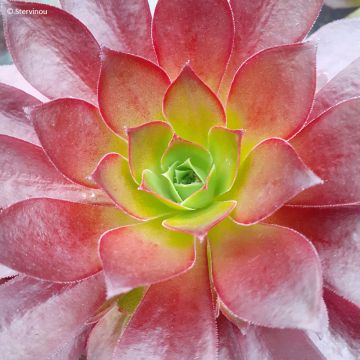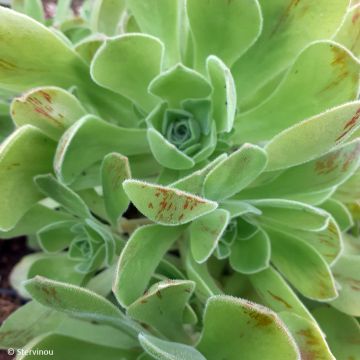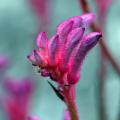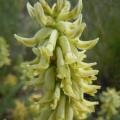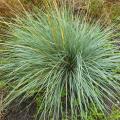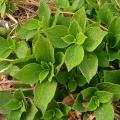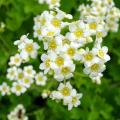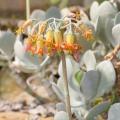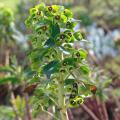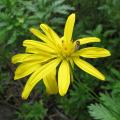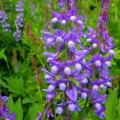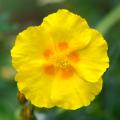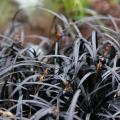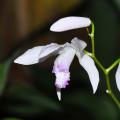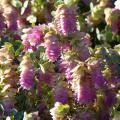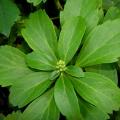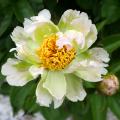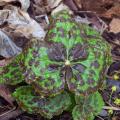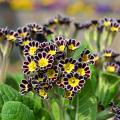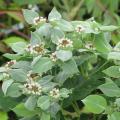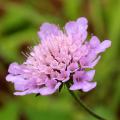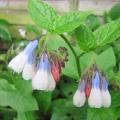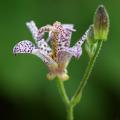Aeonium
Would this plant suit my garden? Set up your Plantfit profile →
Available in 1 sizes
Available in 1 sizes
Available in 1 sizes
Available in 1 sizes
Available in 1 sizes
Available in 1 sizes
Available in 1 sizes
Available in 1 sizes
Available in 1 sizes
Available in 1 sizes
Available in 0 sizes
Available in 1 sizes
Available in 1 sizes
Available in 1 sizes
Available in 1 sizes
Available in 1 sizes
Available in 1 sizes
Aeonium is a genus that includes many species of succulent plants from the family Crassulaceae, mainly native to the Canary Islands but also Madeira, Morocco, and Ethiopia. Aeoniums are beautiful perennials with rosette foliage, amazing colours and various forms. Some are bushy, like tree-like Aeoniums that can grow up to 2 m (7ft) tall. Others form clumps, like the Aeonium x occidentale, with certain species developing only one giant rosette. The foliage, always arranged in rosettes, can be leathery or soft and fragile. The leaves vary from tender green to bluish green, passing through red (Garnet), purple, yellow, pink, variegated, and even glossy black (Schwarzkopf). Aeoniums bloom in late winter, offering beautiful yellow, white, or red flowers. Most are heat and drought-resistant, making them easy-to-grow perennials, but they are semi-hardy. For these reasons, they are planted in open ground only on the Mediterranean coast. Elsewhere, they should be cultivated in pots, which allows them to be sheltered in winter in a greenhouse or a slightly heated conservatory. Aeoniums thrive in ordinary, well-drained soil, preferably sandy or rocky. They are a popular choice for lovers of succulent plants.
Haven't found what you were looking for?








































